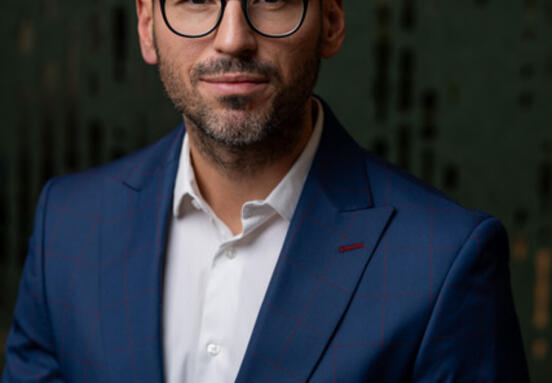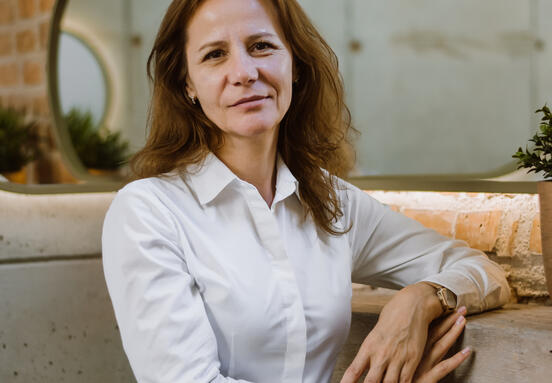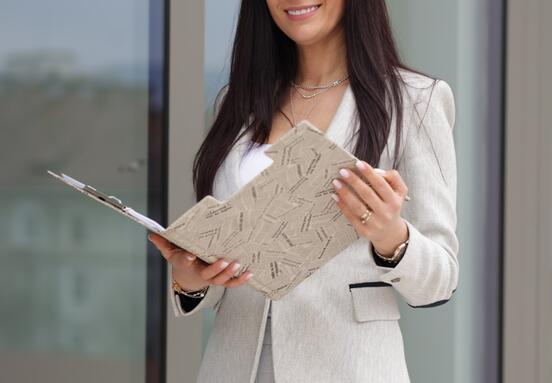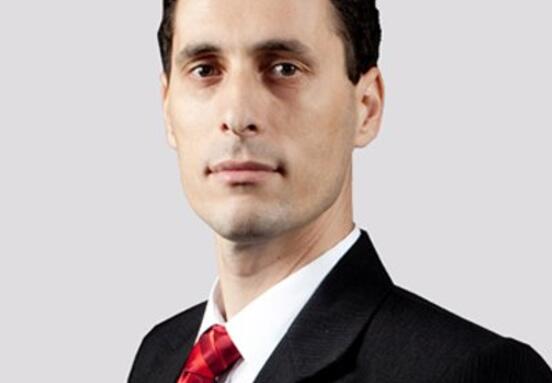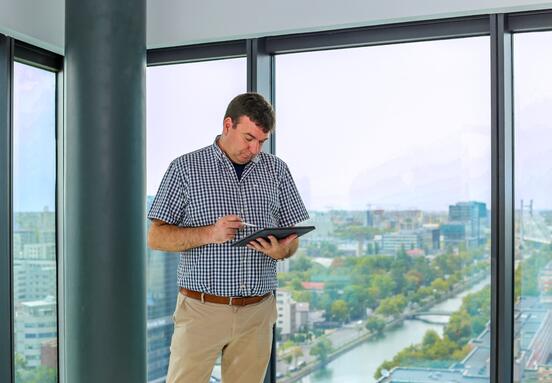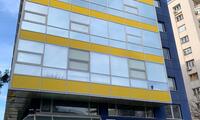Romanița Iovan, you are widely known to the public for your work in the fashion world, which remains your main business. How did you get into real estate?
Thanks to fashion, actually. In 1987, I started the construction of Romanitza Offices, initially envisioned as the headquarters of my Fashion House. However, during construction, I had to adapt to the economic context of the time, as access to financing was extremely limited. The idea of turning a creative dream into a functional, income-generating investment revealed both my vision and entrepreneurial spirit. This flexibility allowed me to adjust to the realities of the market, balancing creativity with economic pragmatism. In other words, I created a stable source of income that has often supported my creative activity as well.
Is Romanitza Offices the only real estate project in your portfolio? Do you have plans for new developments or acquisitions?
Without a doubt, I consider myself a pioneer in the real estate industry. Not long after, I built a second property in 2002–2003, located in the Primăverii neighborhood, which also houses my official headquarters and the showroom of my Fashion House—a space that reflects elegance, refinement, and the story behind my creations.
I’ve never purchased a property; I’ve always built from the ground up. Everything is possible in a society full of challenges.
What does a typical day in your professional life look like? How much time do you dedicate to managing your real estate business?
How I split my time between fashion and real estate depends largely on my personal rhythm and the type of projects I’m working on. In the first part of the day, I focus on the creative side—sketching, selecting materials, coordinating with production and clients, visual content, and marketing plans.
On the real estate side, I’m quite flexible. There are periods when leases expire and I’m actively involved in viewings, meetings, negotiations, and signing new contracts. Then there’s the management side, which includes coordination, working with service providers (cleaning, maintenance, repairs, etc.), cost control, and communication with tenants.
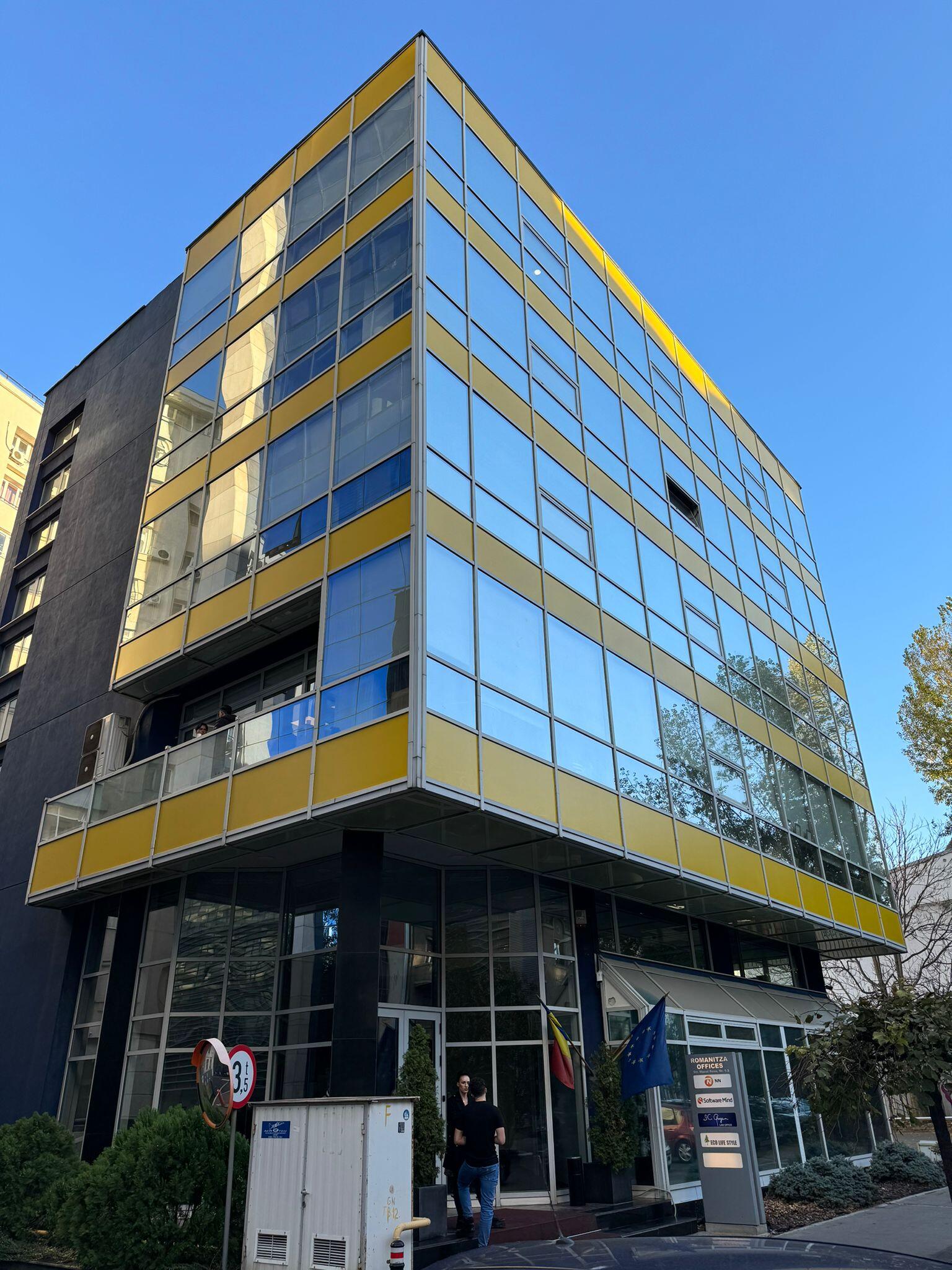
Can you describe your property, Romanitza Offices? What are the key features of the project and the amenities offered to tenants?
Romanitza Offices is a relatively small office building—1,840 sqm—but elegant, spread across a basement, ground floor, mezzanine, and four upper floors. Its location near Piața Victoriei offers strategic advantages, especially for tenants seeking personalized experiences and efficiency. Piața Victoriei is a major hub in Bucharest—accessible by metro and bus, and close to government buildings, corporations, and restaurants. This adds value to the lease.
A smaller building offers a more intimate, quieter environment for those who prefer a "human-sized" space rather than getting lost in a glass tower.
Parking is a major issue in the Victoriei area. Having dedicated parking spaces is a significant benefit. And just as importantly, tenants work directly with me—not with a detached property management company. I can offer flexible lease terms and quick responses to requests. Compared to larger buildings, I’m also able to keep operating costs reasonable and transparent.
What is the tenant profile for your office building, in terms of industry and space requirements?
Our typical tenant is one that wants to position themselves in a premium boutique building—ideal for companies seeking quick access to the city center, a professional image, and a discreet yet efficient working environment.
This includes firms in IT, legal, insurance, and multinational companies. In the past, we’ve hosted companies like BAT, Rompetrol, Piraeus Bank, and Omniasig. Romanitza Offices is perceived as safe, well-managed, and adaptable.
How would you define the tenant–landlord relationship based on your experience?
It’s a professional partnership that ensures optimal conditions for tenants to carry out their business—through efficient and prompt communication, honoring contractual obligations on both sides (payments, maintenance, repairs, etc.), and maintaining a secure, functional, and professional environment that supports their operations. Flexibility and openness to the tenants’ evolving needs are also important, within the framework of the lease agreement.
What is your opinion on the office market in Bucharest?
Bucharest’s office market is currently going through a phase of rebalancing and adapting, following the pandemic waves and the partial shift to hybrid work.
Demand remains active, but leasing decisions are more calculated, with a focus on flexibility and cost efficiency. The space per employee has decreased, and companies now prioritize natural light, relaxation areas, and access to public transport over sheer size.
Prime rents have remained stable or slightly increased in central areas (Piața Victoriei, Aviatorilor), but landlords are offering incentives (free rent periods, fit-outs) to close deals.
In short, this is a market where quality, adaptability, and location determine success—especially in an uncertain economic context.

